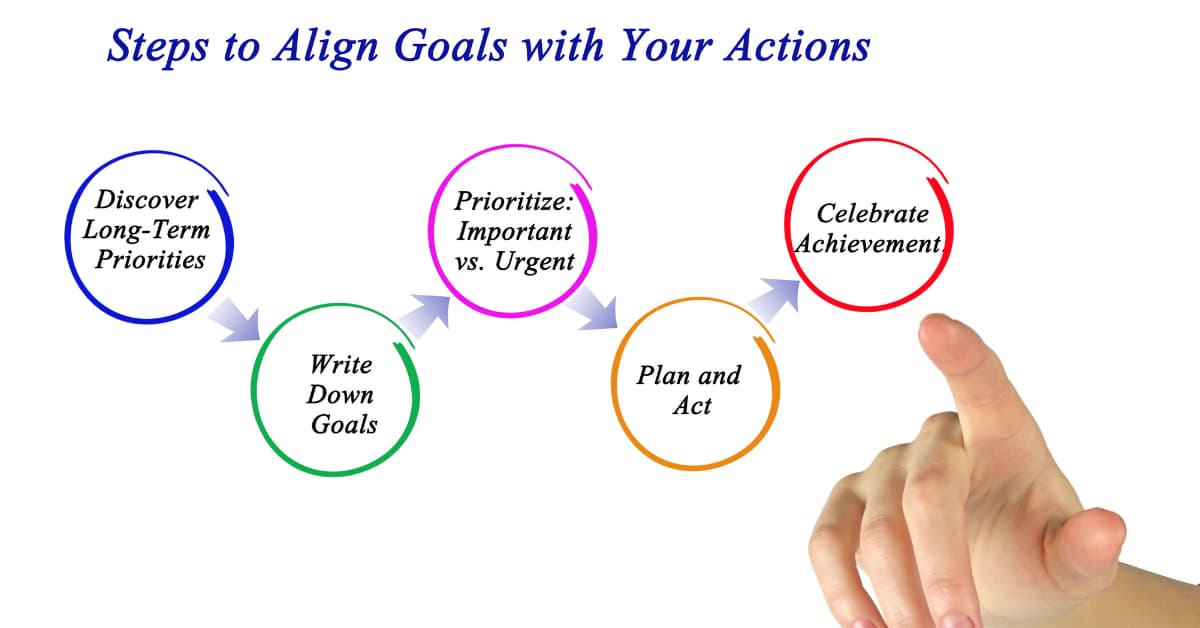Introduction:
In today’s rapidly changing business world, achieving operational efficiency is more than a target—it’s a necessity. Entrepreneurs and businesses, irrespective of their size, constantly seek approaches to streamline their processes and optimize their resources. As we stand at the threshold of 2023, the definition of operational efficiency in business has evolved, encompassing not just cost savings but also agility, adaptability, and customer-centricity. This article presents five essential strategies that businesses should consider to harness the full potential of operational efficiency this year.
Understand the Digital Evolution

As we move through 2023, the digital wave is still reshaping the business arena. It’s not just about catching the digital train; it’s truly about fine-tuning business operations to be sharper and more impactful. The first step is to assess your business’s current digital maturity. Once you’ve pinpointed the gaps, invest in technology that genuinely aligns with your business goals. For instance, utilizing cloud services can offer flexibility and scalability, while AI-powered data analytics can provide actionable insights to improve decision-making processes.
Operational efficiency in business hinges on a deep comprehension of the digital landscape. As we progress through 2023, this landscape is vast, varied, and evolving at an astonishing pace. For entrepreneurs, this means staying abreast of technological advancements and integrating them seamlessly into their operational framework.
Embracing digital evolution isn’t merely about adopting the newest tech trends but determining which technologies synchronize best with your unique business needs. For instance, consider how cloud solutions aren’t just storage options anymore. They’ve transformed into platforms offering a plethora of services, from data analytics to customer relationship management. Leveraging such services can drastically improve operational efficiency by providing real-time data accessibility, fostering collaboration, and automating repetitive tasks.
Similarly, AI and machine learning are no longer subjects of science fiction. These technologies have penetrated the business sphere, offering solutions that can predict market trends, customize client interactions, and optimize supply chains. By understanding and harnessing these tools, businesses can achieve a level of operational efficiency previously thought unattainable.
Prioritize Employee Training and Development

Human capital remains the backbone of any business. To achieve true operational efficiency in business, it’s crucial to empower your employees with the right skills and knowledge. In 2023, with the rise of hybrid work models and virtual teams, the need for remote training platforms and flexible learning solutions has never been higher. Focus on creating an ongoing learning culture where employees are encouraged to upskill regularly. Incorporate real-world simulations and case studies in training programs, ensuring they are equipped to handle actual challenges.
When considering operational efficiency in business, it’s tempting to focus exclusively on processes and technology. However, businesses are, at their core, people-driven. Employees, with their unique skill sets and creativity, are the gears that keep the business machinery running smoothly. But what happens when the machinery evolves and the gears aren’t adequately equipped?
2023 has ushered in a myriad of technological advancements and shifts in business paradigms. For employees to harness these changes effectively, training and development must be at the forefront of an organization’s strategy. Putting resources into employee training is like planting seeds for operational efficiency. From getting the hang of the latest software, grasping the nuances of shifting market trends, to honing leadership attributes, employees who’ve had the right training find it easier to handle today’s intricate business challenges.
When businesses cultivate spaces where learning never stops, they don’t just elevate their operational efficiency; they also uplift the spirits and loyalty of their team members. A well-equipped, confident, and motivated workforce is an invaluable asset in the quest for unparalleled operational efficiency.
Align Organizational Goals with Processes

One common pitfall businesses encounter is the misalignment between their organizational goals and day-to-day processes. Operational efficiency can only be achieved when these two elements harmonize. Start by defining clear, measurable objectives for every department. Once established, audit your existing processes to identify any that don’t contribute directly to these objectives. Streamline or eliminate redundant processes, and ensure that every action taken is purposeful and adds value.
Operational efficiency in business thrives on clarity. It’s one thing to have ambitious organizational goals, but it’s another to design and implement processes that lead directly to those goals. The alignment of goals with processes is akin to aligning a compass needle with magnetic north; it provides direction, purpose, and ensures that every effort contributes meaningfully to the desired outcome.
Too often, businesses find themselves trapped in redundant processes. These processes, over time, can become resource-intensive, leading to wasted time and capital. By regularly revisiting and assessing these processes in light of the overarching organizational goals, companies can eliminate inefficiencies and streamline their operations.
Moreover, when each process resonates with the organization’s vision, it’s easier to measure performance, set benchmarks, and chart progress. This alignment not only elevates operational efficiency but also fosters a sense of unity and purpose within the team.
Foster a Culture of Continuous Improvement

The pursuit of operational efficiency is an ongoing effort. It’s not a destination but an evolving state of betterment. The businesses that excel in 2023 and beyond will be those that inculcate a culture of continuous improvement, where complacency has no place.
Fostering such a culture requires a shift in mindset. Instead of viewing processes as static and unchangeable, businesses should encourage their teams to challenge the status quo. Techniques such as the Six Sigma methodology or the Lean approach aren’t just tools; they represent a mindset geared towards constant optimization. They empower teams to dissect processes, identify inefficiencies, and innovate solutions.
In such an environment, failures are not deterrents but learning opportunities. They provide insights that can lead to substantial improvements. By nurturing this mindset, businesses set themselves on a trajectory of consistent growth and enhanced operational efficiency.
Customer-Centric Approach to Efficiency

In 2023, the emphasis on customer experience is more pronounced than ever. Operational efficiency should, therefore, align with enhancing customer satisfaction. This means understanding customer needs, preferences, and pain points in real-time. Implement feedback mechanisms like surveys or focus groups, and use this feedback to refine processes. By ensuring that business operations are tailored to meet customer expectations, companies can not only improve efficiency but also foster brand loyalty and trust.
In our interconnected world, operational efficiency and customer satisfaction have become intricately linked. Gone are the days when businesses operated in isolation from their clientele. Today, a customer-centric approach is paramount for operational efficiency.
Understanding customer needs, anticipating their demands, and tailoring business operations to meet these requirements is the hallmark of a modern, efficient business. Implementing mechanisms to gather customer feedback can offer invaluable insights into areas that require refinement. This feedback isn’t just data; it’s a roadmap highlighting where efforts should be concentrated.
Moreover, in our digital age, customer interactions are rich sources of data. By analyzing this data, businesses can discern patterns, predict behaviors, and tailor their offerings accordingly. Operational efficiency in business, in 2023, therefore, isn’t merely about streamlining processes but ensuring that these processes resonate with the most crucial stakeholder: the customer.
Conclusion:
Operational efficiency in business is not just about cutting costs; it’s about strategically optimizing resources to achieve better outcomes. As we navigate the challenges and opportunities of 2023, it’s imperative for businesses to remain flexible, proactive, and continuously adaptive. By integrating these five strategies into their operational blueprint, businesses can position themselves for sustained success in the years to come.













